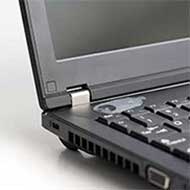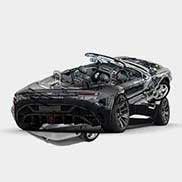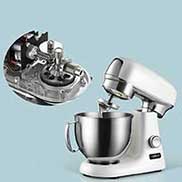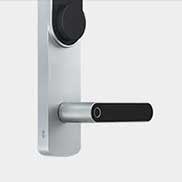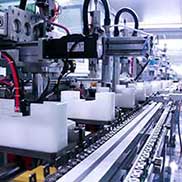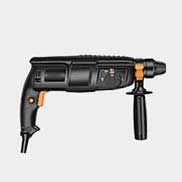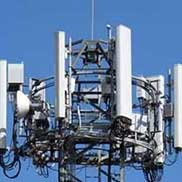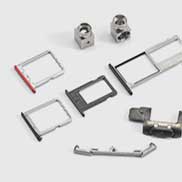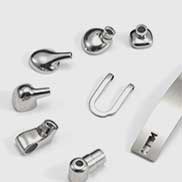Advantages of MIM
1) Realization of near net shape
It has a high degree of freedom in shape and can create three-dimensional shapes.
Sharp edges, irregular holes, crossed holes, etc.
There are many cases where cost reduction was achieved by integrating several parts.
2) High accuracy
High dimensional accuracy can be obtained.
3) High density
Achieves a relative density of 96% or more.
High carbon and liquid phase sintering progresses, the density is almost 100%.
4) Mechanical strength close to that of molten lumber, which cannot be obtained by powder sintering, can be obtained.
5) The surface roughness is generally possible by sintering up to Rmax 6-8 μm.
In addition, a glossy barrel or the like can simply give a submicron surface roughness.
6) Small lot to mass production, short delivery time.
From small lots from the trial production stage using simple molds to mass production in units of tens of thousands.
In terms of delivery time, the process is simple, so if there is no secondary processing, it will take about 2 weeks for repeat products.
7) Various grades are possible
However, it is more advantageous in terms of QCD (quality, cost, delivery) to select a material with high marketability.
SUS316L, SUS440C, etc.
8) Heat treatment / surface treatment
It can be processed in the same way as molten lumber.
Disadvantages of MIM
1) Raw material price
The metal powder used in the MIM method is a fine powder of about 10 μm, which is expensive at several thousand yen per kilogram.
Therefore, in general, most MIM parts weigh about 10 grams, and if they exceed 30 grams, it will be cheaper to machine precision castings, for example.
2) Restrictions on product design
The wall thickness is 10 mm or less. Thin wall thickness 0.8 mm.
